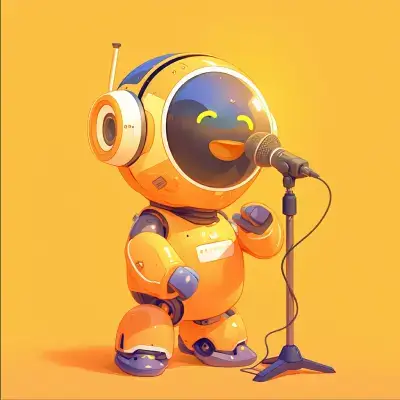
Using Vocalizations for AI Song Generation
Vocalizations
Vocalizations are non-verbal sounds used in music to add texture, emotion, and rhythmic variety to a song. They can be inserted at the beginning or end of a lyric line or used as standalone sections. In AI-generated songs, vocalizations are added using parentheses.
Purpose of Vocalizations
Vocalizations serve several purposes in a song:
- Enhance Emotion: Non-verbal sounds like (Oooh) or (Ahhh) can add emotional depth and expressiveness to a song.
- Add Texture: Vocalizations can create a rich, layered sound that enhances the overall texture of the music.
- Fill Gaps: They can fill in gaps between lyrics or during instrumental breaks, maintaining the song's energy and flow.
- Create Hooks: Repetitive vocalizations can serve as catchy hooks, making the song more memorable.
How to Use Vocalizations
To insert vocalizations in your AI-generated song, simply add them in parentheses. Here are some examples:
- At the Beginning of a Line: (Oooh) I love the way you smile
- At the End of a Line: We're dancing all night (La-la-la)
- Standalone Section: (Na-na-na) (Oooh) (Yeah)
Best Practices
When using vocalizations, consider the following tips:
- Match the Song's Style: Ensure that the vocalizations fit the genre and mood of your song.
- Use Sparingly: While vocalizations can enhance a song, using too many can make it sound cluttered.
- Experiment: Try different placements and types of vocalizations to see what works best for your song.
Examples of Vocalizations
- (Oooh) - A versatile vocalization that can convey a range of emotions.
- (La-la-la) - Often used in pop and upbeat songs for a playful effect.
- (Yeah) - Adds emphasis and energy, commonly used in rock and pop songs.
- (Na-na-na) - Creates a catchy, repetitive hook that can make the song memorable.
- (Ahhh) - Can add a soothing or dramatic effect depending on the context.
Instructions for using meta tags
